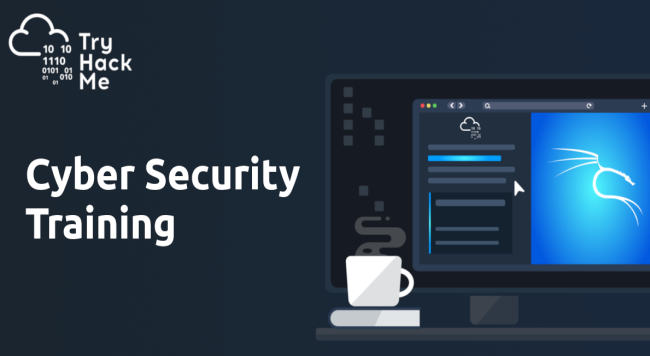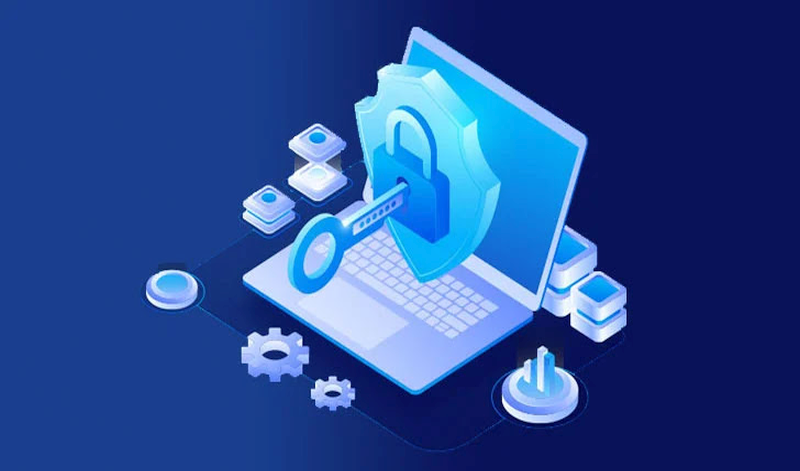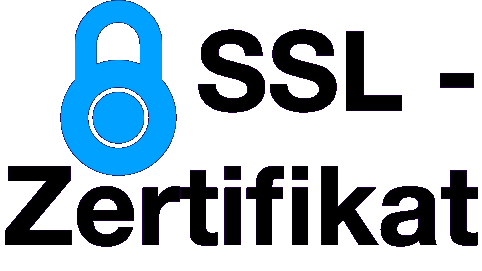Server Zertifikate erstellen und Signieren
Wenn Sie im WWW einen Serverdienst aufsetzen wollen, welcher verschlüsselte SSL oder TLS-Verbindungen anbietet. HTTPS POP3S IMAPS LDAPS SMTP mit TLS Um eine mit SSL/TLS abgesicherte Verbindung anzubieten, benötigen Sie jedoch ein Serverzertifikat. Dieses muss von einer Zertifizierungsstelle (Certification Authority oder kurz CA) signiert sein. Ein gültiges Serverzertifikat, welches von einer offiziellen Zertifikations-Stelle signiert ist, ist leider nicht kostenlos. Meist werden jährliche Kosten in Höhe hunderten von Euros fällig. Unter Linux kann man mit Bordmitteln eine eigene CA aufsetzen und ein selbst Zertifikate erstellen und signieren. Das ist ein Vorgang von wenigen Minuten. Der einzige Unterschied zu einem von einer anerkannten Stelle signierten Zertifikat ist, dass der Client (Browser, Email-Programm, usw.) eine Warnung ausgeben wird, dass er die CA nicht kennt. Der Benutzer muss dann einmal bestätigen und kann das Zertifikat trotzdem akzeptieren. Aber auch dies kann man umgehen, indem man kostenlos Mitglied bei CAcert wird, und so kostenlos an Server-Zertifikate kommt. OpenSSL installieren Für die Verwaltung der Zertifikate und im übrigen auch für die Verschlüsselung der Verbindungen mit SSL und TLS kommt unter Linux fast immer OpenSSL zum Einsatz. Meist ist dieses Packet auf Ihrem Server bereits vorinstalliert. Wenn nicht, müssen Sie das Paket openssl nachinstallieren. Erstellen der CA Legen Sie zunächst ein Verzeichnis an, in dem Sie das Zertifikat ablegen wollen.





